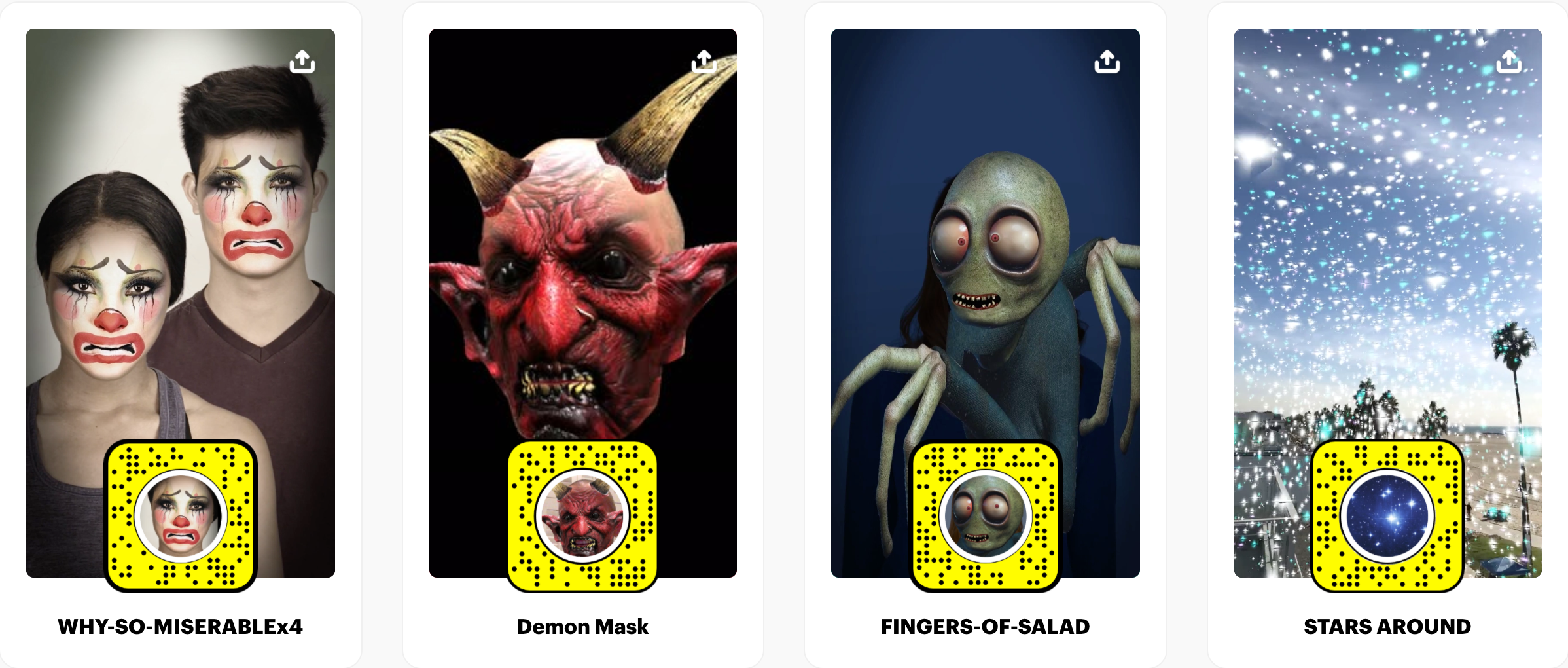Core ML is Apple’s framework for machine learning. With Core ML, everyone can use machine learning in their apps—as long as that app runs on an Apple platform, and Apple platforms only. Core ML cannot be used with Android, Windows, or on websites. This is very unfortunate because Core ML is such a great piece of technology.
Author: Fritz
Articles Fritz has written:
How to replace backgrounds in photos with machine learning
ArticlesThis tutorial covers how to set up DeepLab within TensorFlow to train your own machine learning model, with a focus on separating humans from the background of a photograph in order to perform background replacement—also known as image segmentation.
More generally, this article might be a good introduction for beginners without a lot of code experience in learning how to:
Continue reading How to replace backgrounds in photos with machine learning
Email Verification for an Android App Registration System
ArticlesIn a previous tutorial titled Building an Android Login System, we created an Android login system, which allows the user to register by their first name, last name, username, and password. A Flask server listens for requests from the user and inserts a new record in a MySQL database. After successful registration, the user can log in and be verified by the server.
This tutorial extends upon the previous tutorial to allow users to enter an email address while registering. To verify the ownership of the entered email address, an email is sent to this address with a verification code. The user copies the code sent in the email and pastes it into the application to complete the email verification process.
Continue reading “Email Verification for an Android App Registration System”
Introduction to Google’s Universal Sentence Encoder: A State-of-the-Art Model
ArticlesText embeddings always play an important role in natural language-related tasks. The quality of text embeddings depends upon the size of the dataset that the model is trained on which improves the quality of features extracted. Instead of training the model completely from scratch, one can use pre-trained models like Google’s Universal Sentence Encoder which is discussed in this story ahead.
Continue reading Introduction to Google’s Universal Sentence Encoder: A State-of-the-Art Model
Deep Learning with JavaScript
ArticlesThis series of articles I’ll be writing over the coming weeks will focus on using JavaScript and the deep learning framework TensorFlow.js. Though I’ll try to make these articles as easy as possible, I’m making the following assumptions about you, the reader.
Implementing Conway’s Game of Life in Lens Studio
ArticlesAs an undergraduate I took a course on emergent phenomena — collective behaviors that arise from individual action. One of the most elegant examples we studied was Conway’s Game of Life. Devised by British mathematician John Conway, the Game of Life is played on an infinite 2-dimensional grid where each cell can occupy one of two states: dead (0) or alive (1). The world is initialized in a random state and three simple rules govern how each grid cell evolves [1]:
Continue reading Implementing Conway’s Game of Life in Lens Studio
Serving TensorFlow Models
ArticlesOnce you’ve trained a TensorFlow model and it’s ready to be deployed, you’d probably like to move it to a production environment. Luckily, TensorFlow provides a way to do this with minimal effort. In this article, we’ll use a pre-trained model, save it, and serve it using TensorFlow Serving. Let’s get moving!
TensorFlow Serving is a system built with the sole purpose of bringing machine learning models to production. TensorFlow’s ModelServer provides support for RESTful APIs. However, we’ll need to install it before we can use it. First, let’s add it as a package source.
Snapchat Lens Creator Spotlight: JP Pirie
ArticlesUntil recently, I’d never really explored Snap’s impressive catalogue of Lenses. It’s truly an endless-seeming scroll of incredible, otherworldly, and hilarious face warpers, background replacers, and ground shifters, to name just a few.
You can discover some of the best, brightest, and most prolific Lens Creators highlighted on Lens Studio’s Official Creator page.
Receiving Conversation Text Messages for an Android Chat Application
ArticlesIn a previous tutorial, we were able to fetch and display chat conversations between verified users. We implemented this feature by querying the messages table from the MySQL database and returning the unique usernames that sent or received at least one message from the user that logged into the Android app. The conversations were listed in a ListView.
This tutorial continues the development of our Android chat application. Here, we’ll allow the receiving of text messages within conversations.
We’ll do this by binding an OnItemClickListener to each of the items in the ListView. When the user clicks a specific conversation, the messages sent or received within this conversation will be fetched and displayed.
Continue reading “Receiving Conversation Text Messages for an Android Chat Application”
Set up (almost free) cloud GPU ML model training on Google Colab
ArticlesNo fancy GPU processor? No time to leave your machine crunching for endless hours on a single machine learning task? Problems installing the endless dependencies your model requires? No problem.
Google Colab Notebooks are Jupyter Notebooks that run in the browser, using $10/month cloud GPU infrastructure from Google. This article will show you why and how to use them, implementing a style transfer example.
Continue reading Set up (almost free) cloud GPU ML model training on Google Colab







